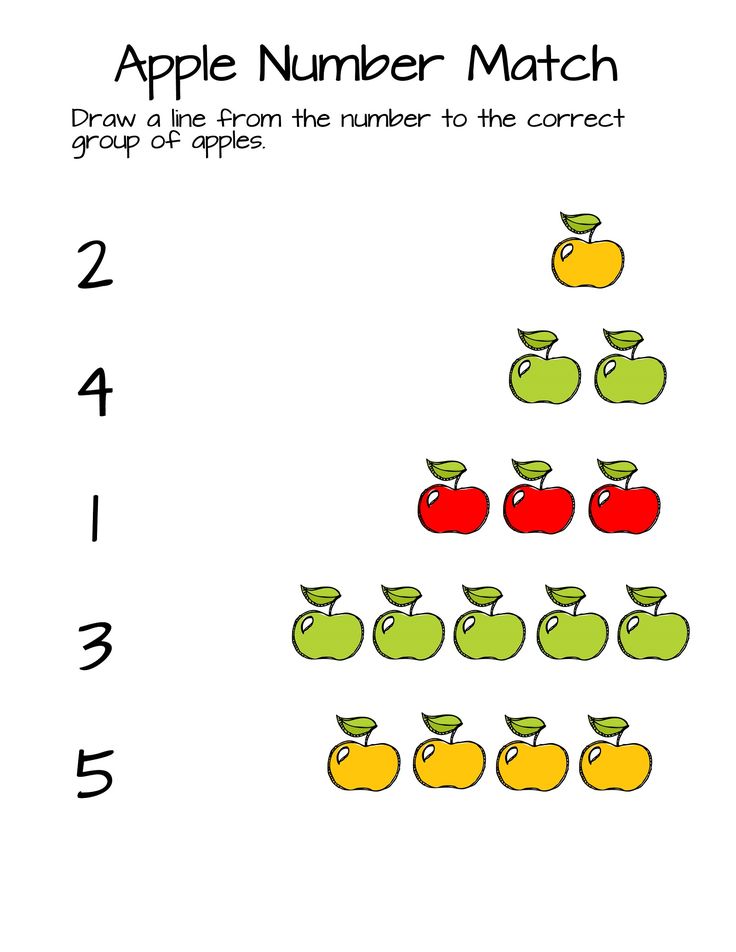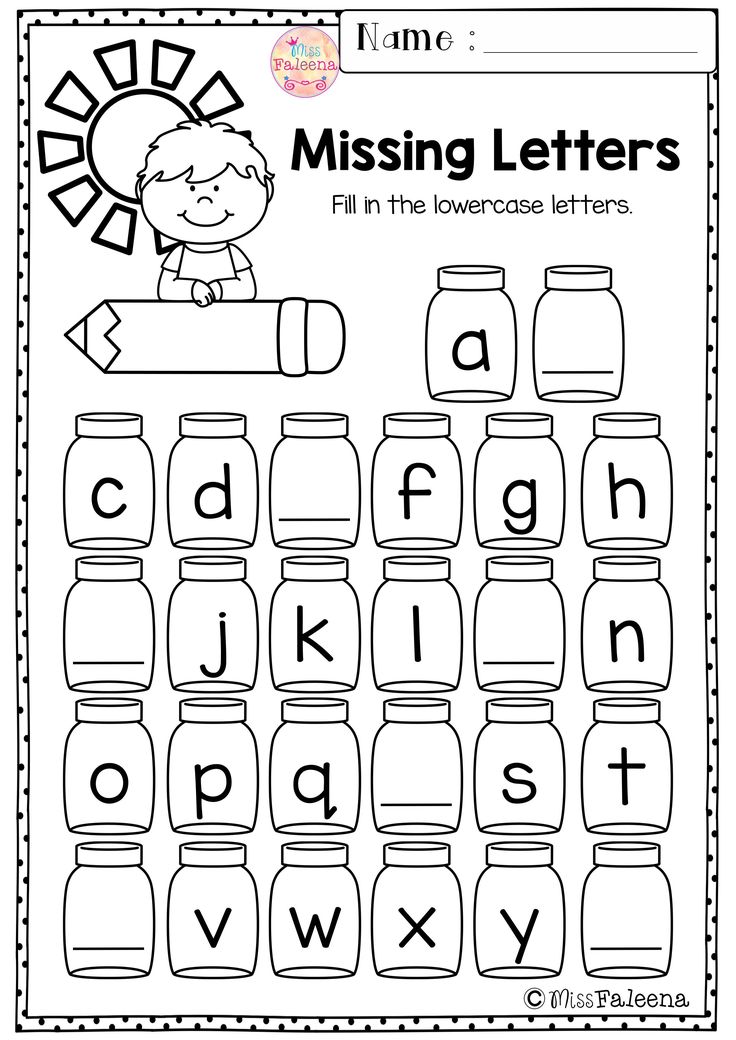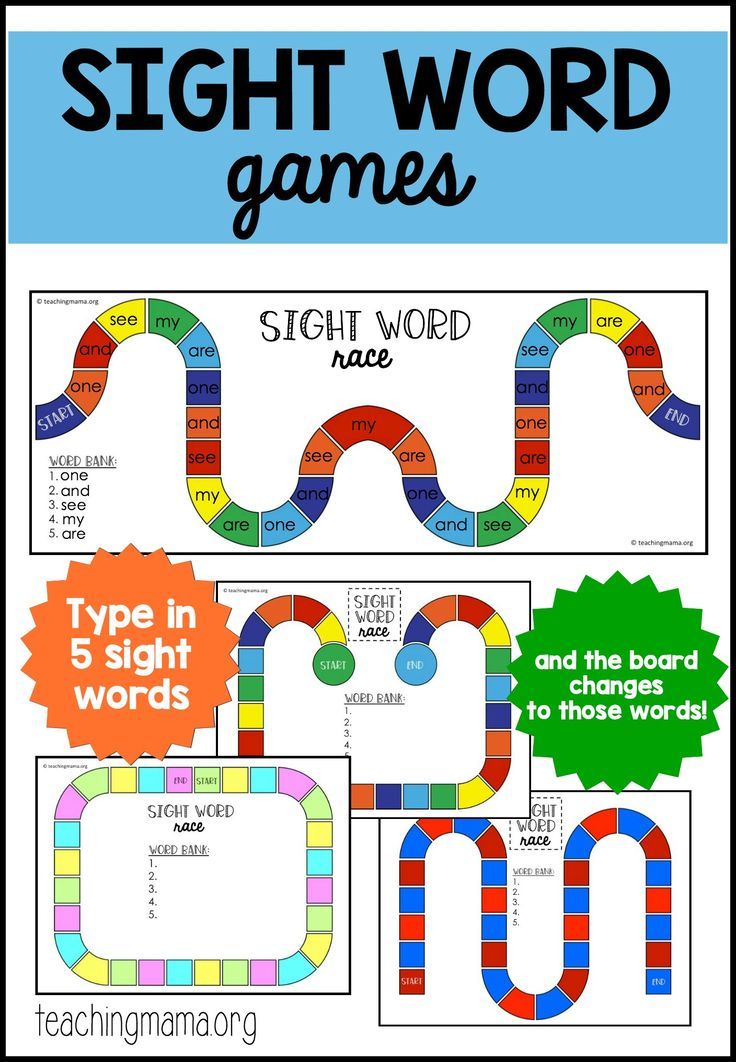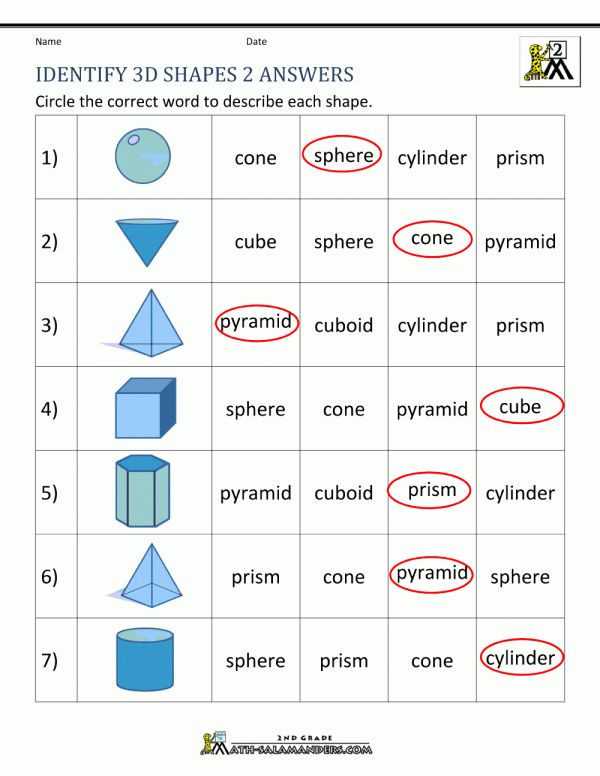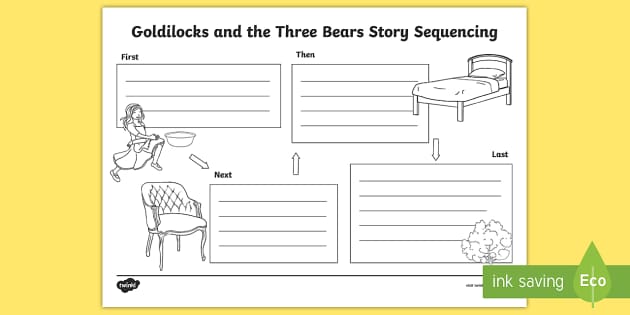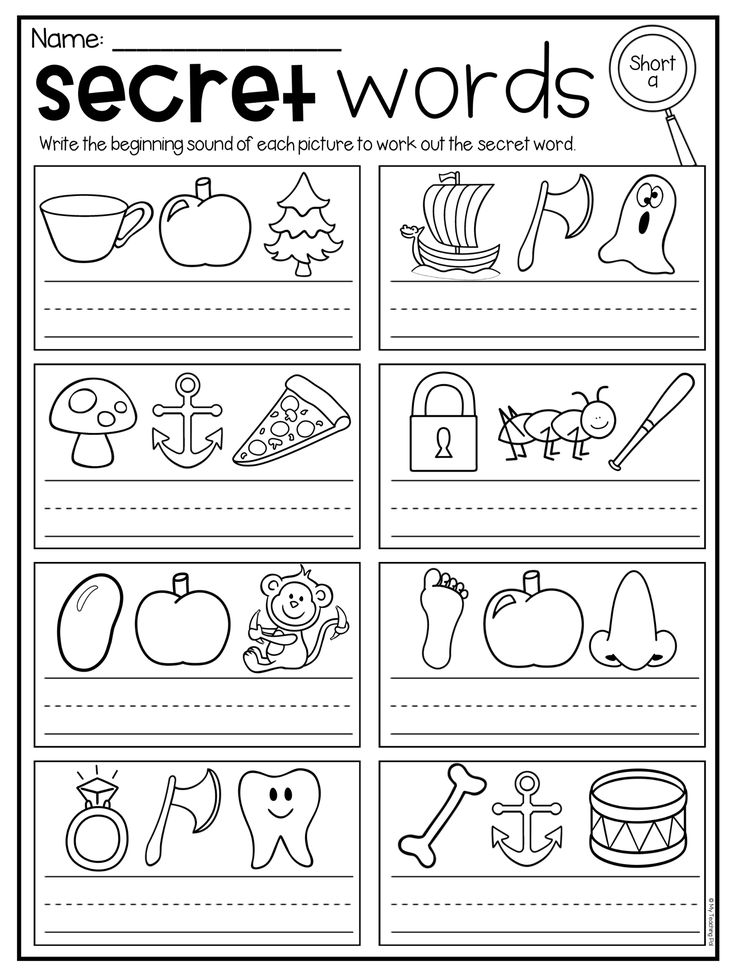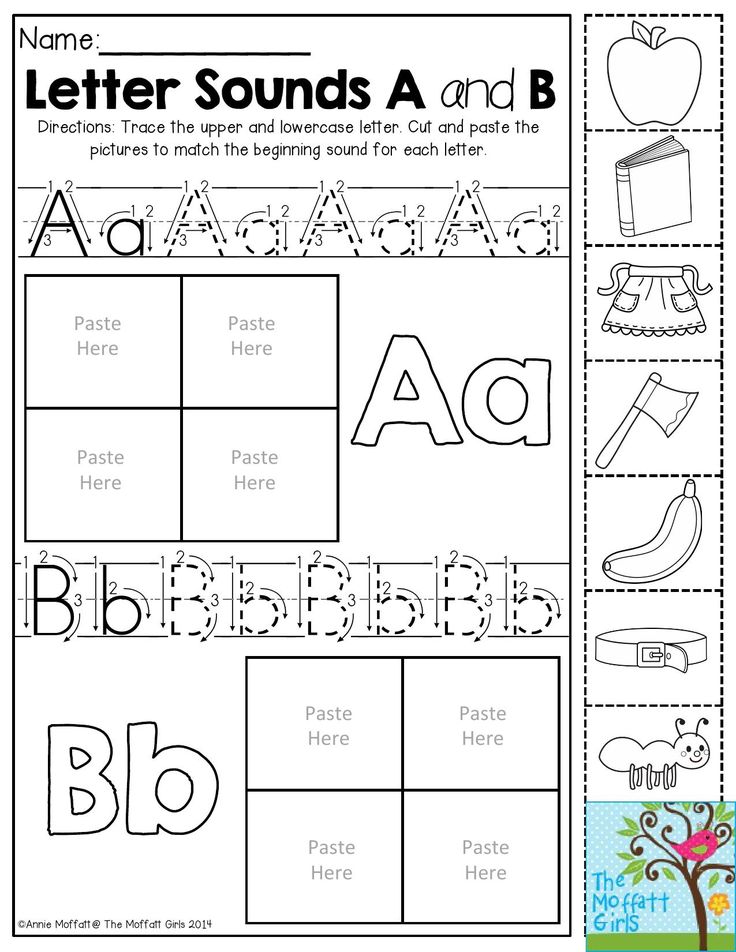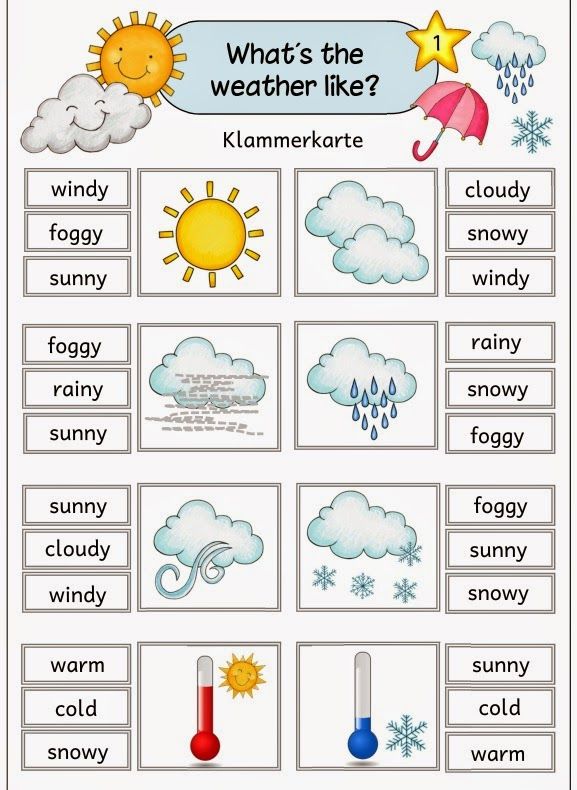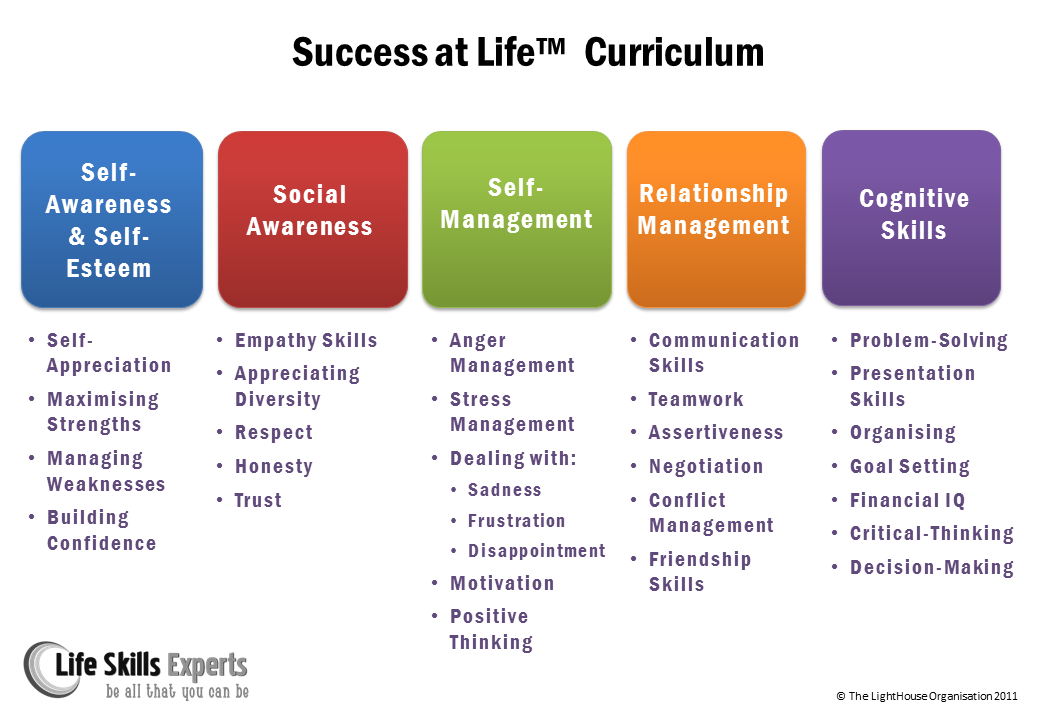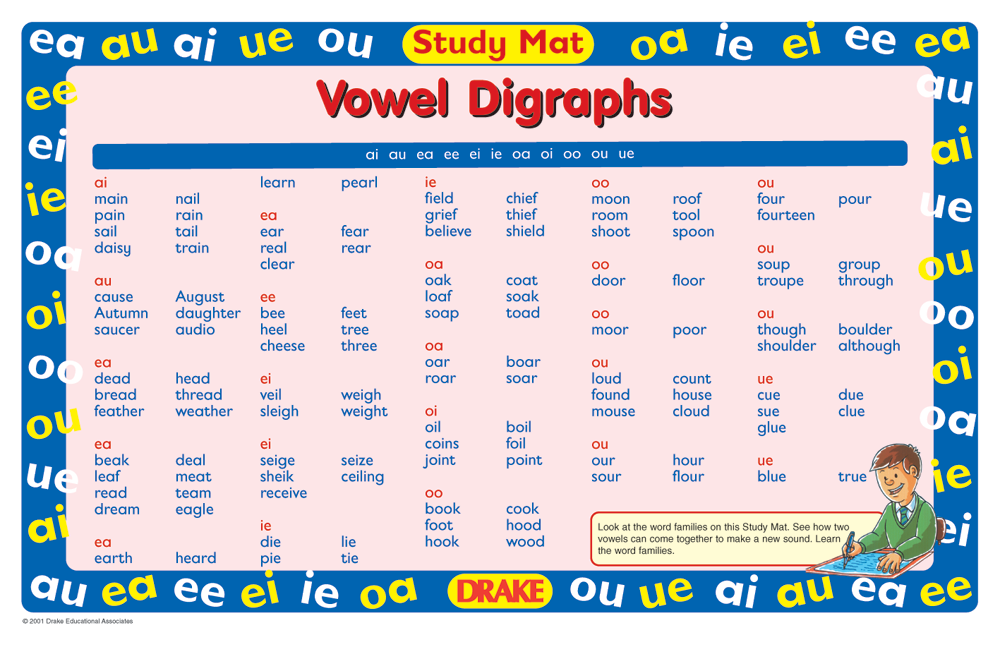Shape circle activities for preschool
12 Activities and Games About Circles for Young Kids
- Share
Teaching your kids about shapes and need some ideas for learning about circles?
The best way to teach young kids the early maths skill of shape recognition is to let them see, feel and experience shapes in a hands-on, concrete way. There is no better way than by learning through play.
Try these fun activities and games about circles with your preschoolers and kindergartners. They are suitable for home and school.
Some can be played with one child, others with a small or large group of kids.
1. Hide and Seek
Play a game of Hide and Seek with a twist.
Make paper or cardboard cut-outs of circles and hide them in the garden, house or classroom. Let kids search for them. Hide enough shapes so that everyone has a chance to find a few.
You can use the circles after the game for an art activity, such as pasting them onto paper to create a picture out of circles. Draw the details with markers or crayons.
2. Circles All Around Us
For this circle activity, instead of searching for hidden paper shapes, challenge kids to find items in their environment – the living room, classroom or garden – that have circular shapes.
Collect all the circular items and discuss them after the search. This is a great opportunity to teach children the vocabulary of shapes.
Here are examples of questions:
- What do you call a three-dimensional circle?
- Is this a circle or a sphere? (2D and 3D shapes)
- Does it have straight or curved edges?
- Is this item perfectly round?
- How many circular faces does this clock have?
- Is it flat?
3. I Spy A Circle
Play a game of I spy with my little eye, with circles.
Sitting in a circle, each child gets a turn to spot something in the room that has a circle shape on it. They must use descriptive language to give clues and let the others guess the object.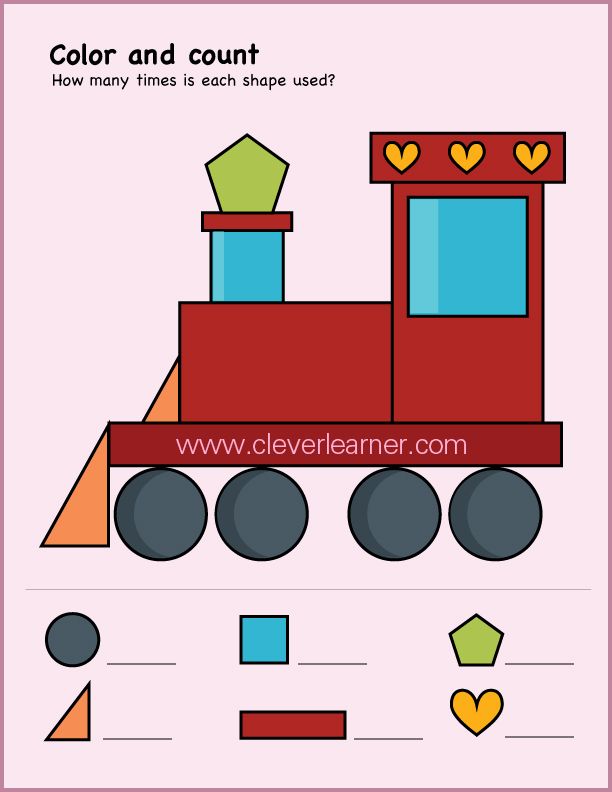
Here are some examples:
- I spy with my little eye a circle that…has hands on it and is used to tell the time.
- I spy with my little eye a circle that…is green and lives on a poster on the wall.
- I spy with my little eye a circle that…is purple and is on someone’s jacket.
For very young children, make up the clues yourself and keep them basic, as in the clues above.
4. Musical Circles
For this variation of the classic game musical chairs, play music as children dance about. When it stops, they must all quickly join hands and make a large circle together.
This is best played outdoors with a big group.
You could also split kids into smaller groups. When the music stops, they must find their group as quickly as possible and form a circle.
This is also a fun listening activity for kids.
Another way to play this game is to lay out large circles on the ground, one per person. Hula hoops work well for this activity.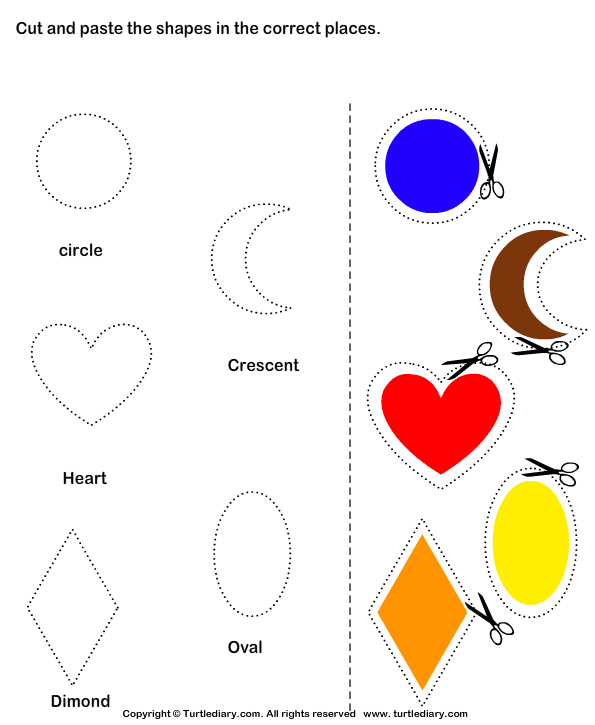
When the music stops, each child must run and stand on/in a circle. A child who doesn’t get to a circle in time is out. In each round, one circle is removed until there is one winner left.
If playing with very young kids, there is no need to remove circles and have them go “out”. There is enough fun in trying to find a circle, without standing on one that’s already taken, or bumping into others.
This game is good for learning position in space.
5. Body Circles
Teach kids to feel the shape of a circle with this movement activity.
Challenge them to form a circle with their body parts, such as their fingers, hands, legs, or their whole body.
They can also try to make a circle with a partner or a group of children. They will have to get creative to think of ways to do this.
6. Cross the River
Play a balancing game with kids where you pretend to cross a dangerous river.
Make large cutouts of various shapes, including circles.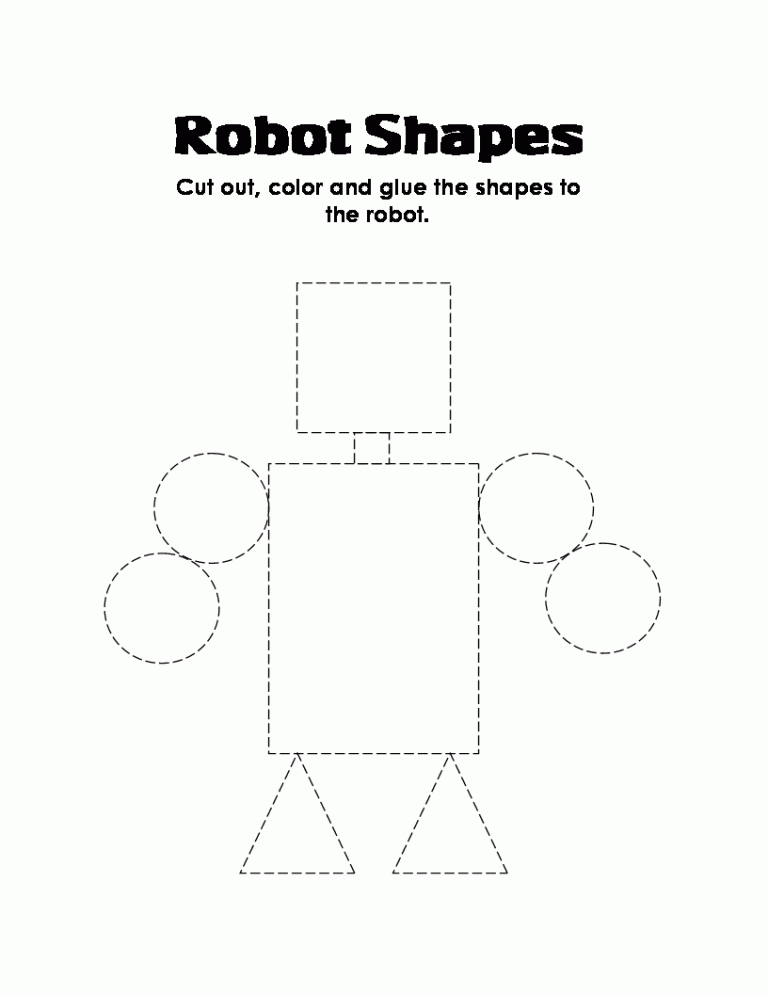 Tell kids that the circles are rocks that are safe to stand on. Assign objects to the other shapes – such as plants, water, crocodiles, etc.
Tell kids that the circles are rocks that are safe to stand on. Assign objects to the other shapes – such as plants, water, crocodiles, etc.
Lay the shapes across a room, making sure to place the circles close enough together – but not in a straight line – with the other shapes in between them.
Kids must cross the river by making sure to step on rocks only. Get their imaginations going as they try to remember what they are stepping on and what they are trying to avoid.
They might get wet if they accidentally step onto a rectangle (water) but the consequences will be greater if they step onto a crocodile (triangle).
This is a great way to build kids’ visual perception and shape recognition.
This is also something you can do with chalk. Draw the shapes on the paving in various colours and have kids cross the chalk river.
7. Circle Puzzles
Using construction paper/cardboard, make your own circle puzzles. Laminate them if possible to make them sturdy and long-lasting.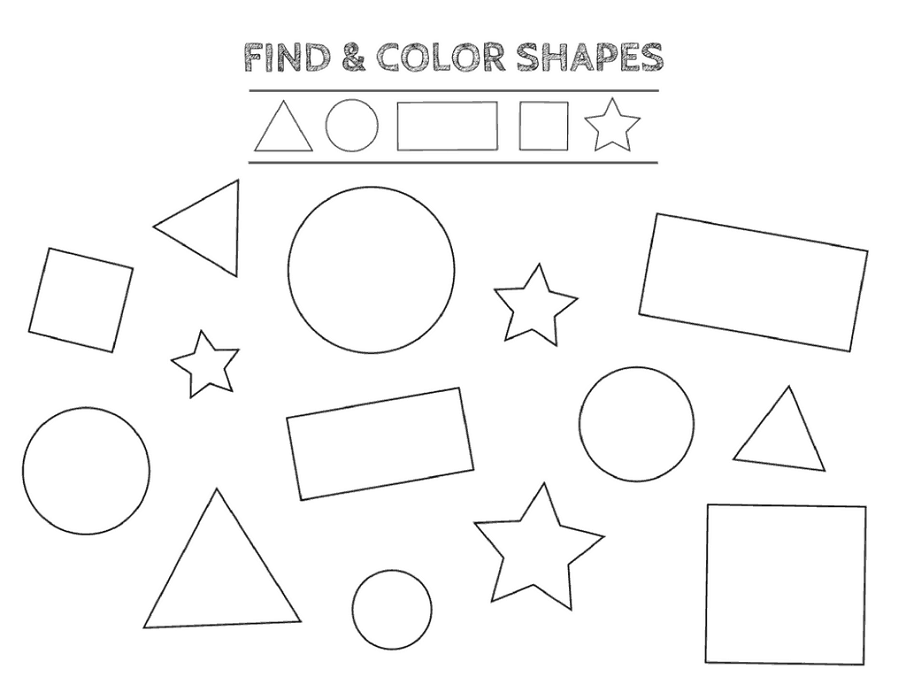
Cut them into any shapes and get kids to build them. Store each circle puzzle in a separate plastic bag.
They can be cut into shapes like a pie graph, random shapes, or classic jigsaw puzzle shapes, like in the picture below.
8. Matching Circles
For this circle activity, make different-sized and coloured circles out of paper or cardboard, then get the kids to match them. They must be of identical size and colour to be a perfect match.
You can also turn this into a memory game for children by using small square cards and pasting circles on the other side in pairs of various sizes and colours.
Kids take turns to turn over two cards at a time and if they match, they keep the pair. This is challenging as all the pictures are circles so make sure to only offer a few cards for younger kids.
9. Circular Hopscotch
Play a game of hopscotch, but instead of drawing the standard court, try this circular court. It will give children a real sense of the shape of a circle as they move around the formation.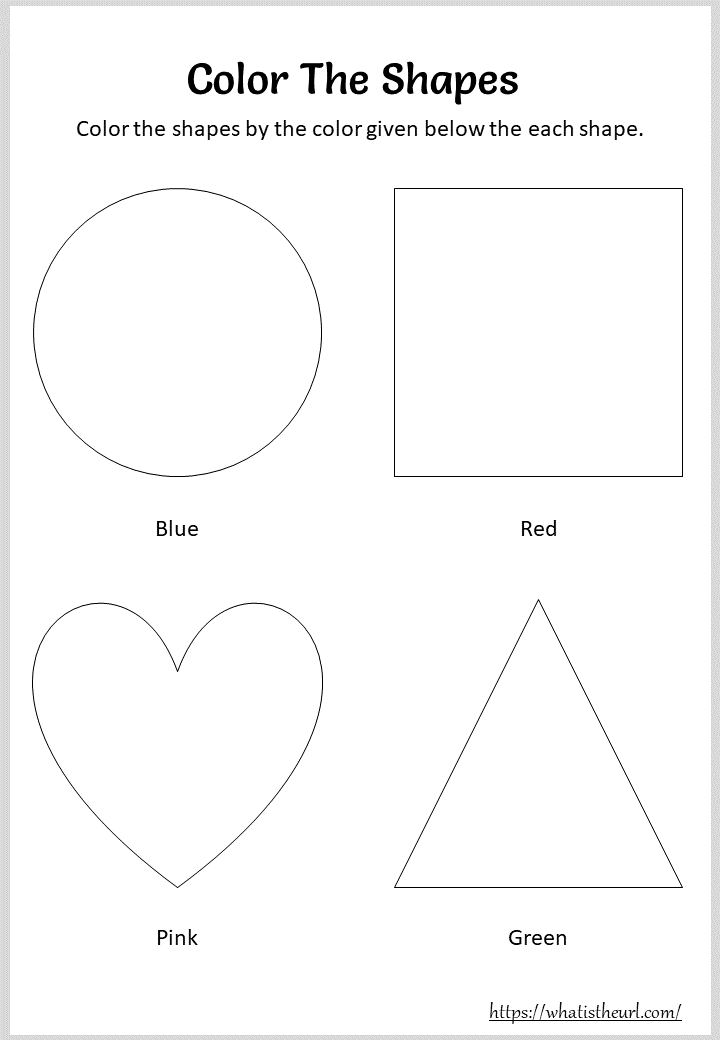
This is how to play Hopscotch with a preschooler. You will need to adapt it slightly to play circular Hopscotch.
10. Circle Creation
Give kids a set of circle shapes each, with a variety of sizes and colours. Provide markers, scissors and glue sticks and ask them to think of something to create with their circles.
Try not to let them see what the other kids are making, then have a show-and-tell at the end where each child explains what they created.
11. Tic-Tac-Toe
Tic-tac-toe is a fun thinking game that can also be played in pairs to teach circles.
Instead of playing it with noughts and crosses, play a game of circles and triangles by cutting out sets of these shapes. One player will be triangles, the other will be circles.
12. Things That Are Round
As a group, play a game where you think of as many things as possible that are round/have a circular shape. Think wider than the class or home, including nature, the community, the world, and while you’re at it, the universe.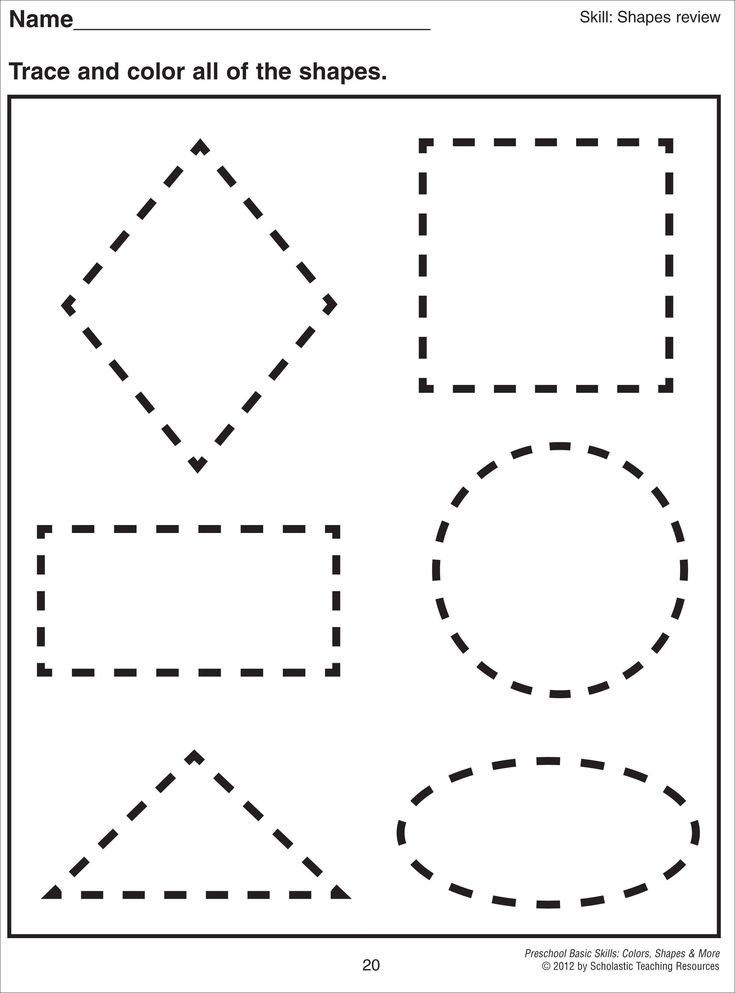
Here are some examples of circles around us:
- Wheels
- Clocks
- Balls
- Rings
- Planets
- Beads
- Meatballs
- The power button of a computer
- Cakes
- Plates
- Peas and other round vegetables
This kind of game will get kids to think a lot. Turn it into a challenge by making 2 teams and giving points for each new object they think of.
I hope you’ll enjoy these hands-on activities for teaching circles!
Get FREE access to Printable Puzzles, Stories, Activity Packs and more!
Join Empowered Parents + and you’ll receive a downloadable set of printable puzzles, games and short stories, as well as the Learning Through Play Activity Pack which includes an entire year of activities for 3 to 6-year-olds.
Access is free forever.
Signing up for a free Grow account is fast and easy and will allow you to bookmark articles to read later, on this website as well as many websites worldwide that use Grow.
- Share
Teaching Circles to Toddlers and Preschoolers
You are here: Home / Shapes / Teaching Circles to Toddlers and Preschoolers
by Sheryl Cooper
Inside: These 15+ activities are great for teaching circles to preschoolers. Great for young toddlers who are just beginning to learn shapes!
Throughout the school year, we focus on different shapes with our little ones.
At the beginning of the year, our toddlers are still very young, so we like to keep things simple.
That’s why we start off with the circle as our first shape.
Circles are pretty easy for preschoolers to identify- they do not have to count any sides to know which shape it is.
And of course, the best way for them to remember the shape is by working with them hands-on to begin to recognize circles in their daily lives.
These 15+ easy circle activities help your toddlers and preschoolers learn how to recognize and create the shape of a circle.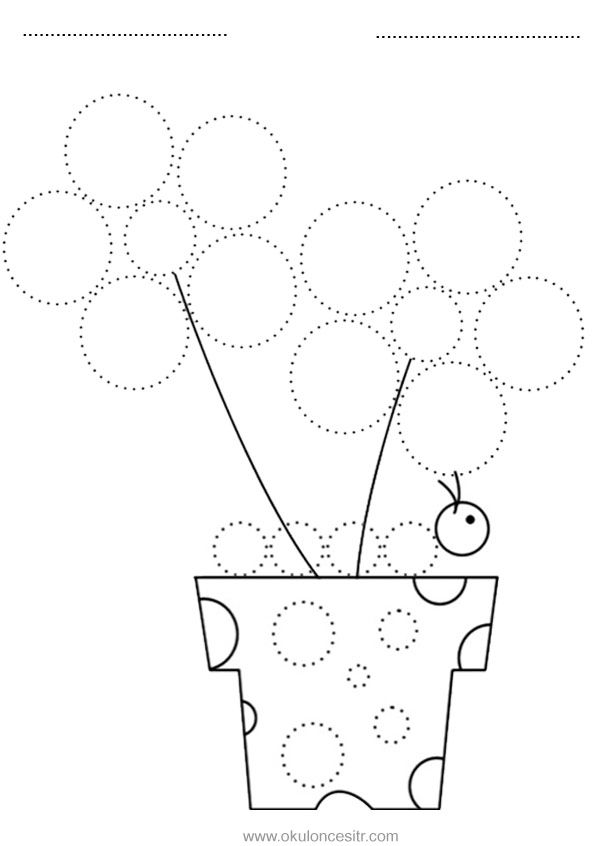
👉 Scroll down to find free circles packet printable you can use with your toddlers and preschoolers!
Toddler Circle Art with Paper Tubes – Fun process art activity for stamping circles onto paper.
Spool Stamping – Recycle empty thread spools for stamping circles. Lots of action!
Circle Hunt – Add some large motor while inviting your toddlers to find hidden felt circles.
Color Matching Circles – Have toddlers fill in colorful circles with watercolors or markers to practice making the shape of a circle. (Playing House in Maryland)
Circle Suncatcher – Press circle shapes made of tissue paper onto a larger circle shape of clingwrap for a suncatcher full of circles. (Our Crafts N Things)
Easter Egg Circles – Stamp colorful circles onto the paper using the edges of easter eggs. (Buggy and Buddy)
Cereal Circles – Trace the shape of the circle using round cereal such as cheerios or fruit loops. (Everyday Chaos and Calm)
Trace and Color – Free coloring page for tracing and coloring in the circles.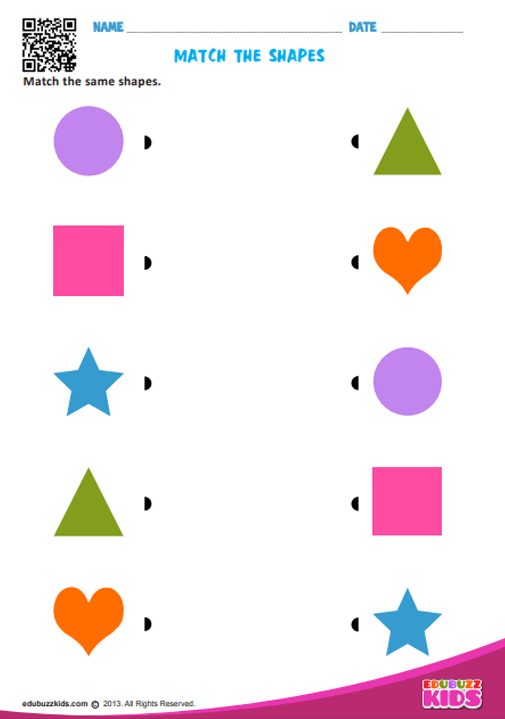 (Kidzone)
(Kidzone)
Circle Themed Sensory Bin – Create a sensory bin with all round items, such as cotton balls and buttons. (My Life of Travels and Adventures)
Q-Tip Painting – Free printable sheet for preschoolers to practice dotting the shape of a circle with paint and q-tips. (From ABCs to ACTs)
I Spy Shape Hunt – Have a shape hunt to find circles around the room. (Munchkins and Moms)
Playdough Mat Shapes – Print out these circle playdough mats for toddlers to practice making a circle with playdough. (Free Homeschool Deals)
Learning Shapes with Cars – Create a circle car track to practice tracing the shape of a circle. (Adventures and Play)
Car Color Match – Match the circle to the correct color of car with this printable. (Childcareland)
Circle Treasure Basket – Create a basket of circular objects for little hands to explore. (Play Adventures)
Velcro Block – Create a velcro block to stick and remove circles. (Memorizing the Moments)
Circle Lacing – Use shoelaces and a circular lacing card to practice lacing around the shape of a circle.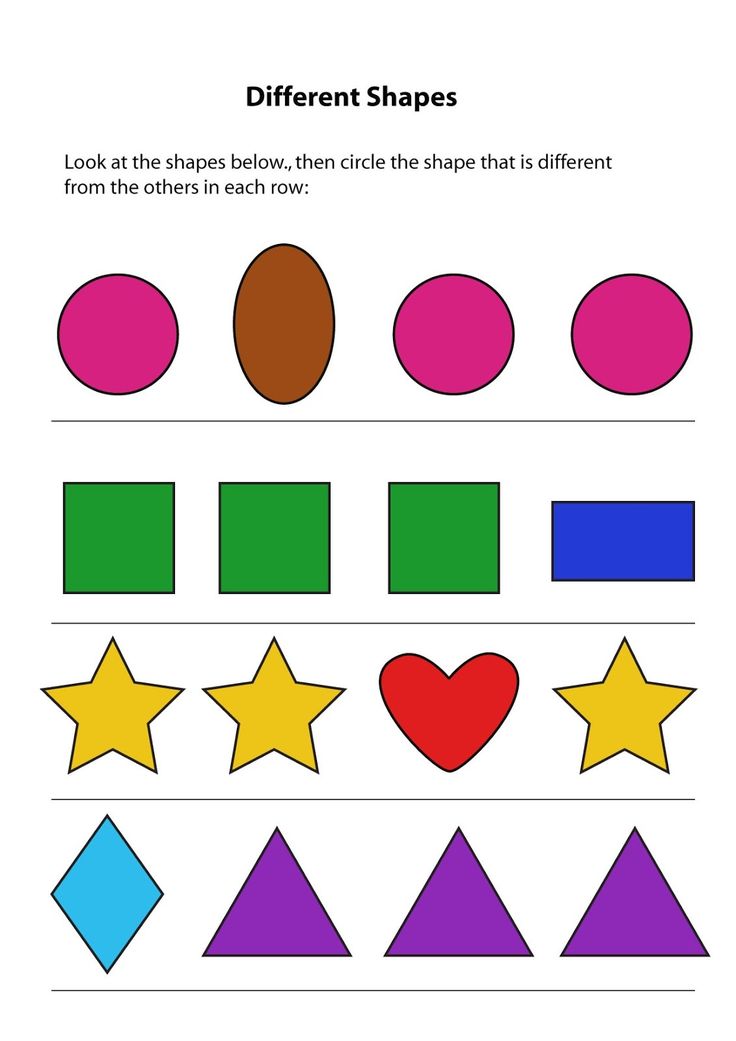 (My Life of Travels and Adventures)
(My Life of Travels and Adventures)
When teaching circles to your toddlers and preschoolers, what activities do you like to do?
Download this FREE packet when teaching circles to your toddlers and preschoolers:More shape activities:
How to Teach Shape Recognition to Preschoolers with Fun Activities
Learning about Squares
Learning Shapes in Preschool Using Toys
Shapes Fine Motor Activities
Now available: Shapes fine motor activities pack. Fun activities that work on building fine motor skills all with a shapes theme!
Prep once and use over and over again.
Contents
•Shapes Roll and Color – Dice and Printable
•Shape Cotton Swab Painting – 2 Options
•Shape Manipulative Printables – 9 Shapes
•Shape Tracing Cards – 16 Cards
•Shape Dot Marker Printables – 15 Options
•Shape Craft Sticks Task Cards – 8 Options
•Shape Play Dough Mats – 13 Options
58 Total Pages
Click Here for Download Information
FREE CIRCLE TIME PLANNER!
Get your FREE circle time planner as a gift when you subscribe to my free weekly newsletters.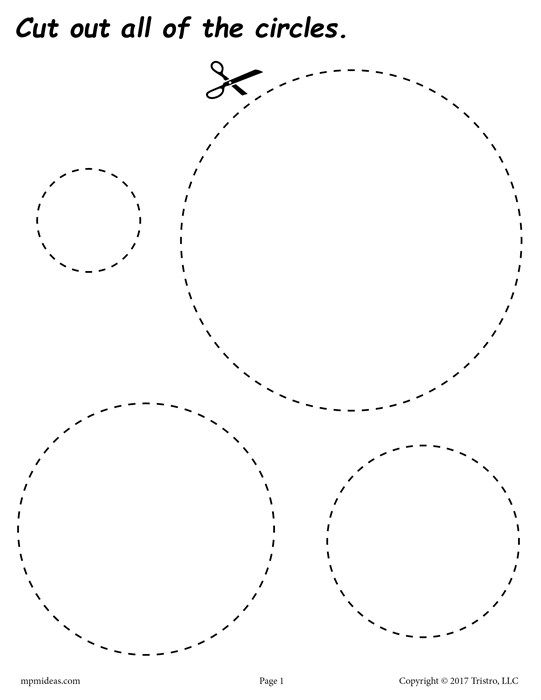
Here is my Privacy Policy
Filed Under: preschool, Shapes, Toddlers Tagged With: circles, preschool, printables, shapes, toddlers
About Sheryl Cooper
Sheryl Cooper is the founder of Teaching 2 and 3 Year Olds, a website full of activities for toddlers and preschoolers. She has been teaching this age group for over 20 years and loves to share her passion with teachers, parents, grandparents, and anyone with young children in their lives.
MOU Kindergarten No. 250. Circle work in the Kindergarten
During the 2019-2020 academic year, the MOU Kindergarten provided additional free services for preschool children:
| Circle name | Age group | Number of children |
| Circle of theatrical activities "Theater + fairy tale" | older | 9 |
| Cognitive Development Circle "Beloved Land, Native Land" | preschool | 10 |
| Kalinka musical development circle | senior, preparatory | 11 |
| Circle of artistic creativity "Creativity + fantasy" | medium | 10 |
| Cognitive Development Circle "Little Explorers" | preschool | 9 |
| Socio-cultural circle "Etiquette for kids" | older | 10 |
| Art group "Magic colors" | medium | 11 |
| Choreographic circle "Grace" | senior, preparatory | 10 |
| Artistic and aesthetic development club "Talented Hands" | older | 8 |
| Theatrical circle "Smile" | preschool | 10 |
| Circle of mathematical development "Know-it-all" | older | 9 |
| School preparation club "Soon to school" | preparatory school | 10 |
Total enrollment of children for the 2020-2021 academic year was 117 pupils
Circle programs were developed in accordance with the results of conversations with children and requests from parents to identify their desires and interests. Classes are held strictly according to the schedule of circle work in accordance with the norms of SanPin for each age group. Classes are held in rooms and group rooms specially equipped for circle work, a music hall. The selection of children contributes to the program objectives, interests and abilities of children, their age characteristics.
Classes are held strictly according to the schedule of circle work in accordance with the norms of SanPin for each age group. Classes are held in rooms and group rooms specially equipped for circle work, a music hall. The selection of children contributes to the program objectives, interests and abilities of children, their age characteristics.
In the process of observing the classes of circles, it was revealed: the methods and techniques used by teachers are interesting and accessible to children; tasks according to the complexity correspond to the age of the children; children show great interest in classes in circles; teachers use an individual-personal approach to children when conducting circle classes; The results of children's activities are widely used in the design of group rooms, play areas, and are used in training sessions.
In the 2021-2022 academic year, we continue to provide free additional services (circles).
Planning and organization of the circle work of a teacher of the DOW ”
Department of Education of the Administration of the city of Khabarovsk
Municipal Autonomous Domestic Educational
Institution of Khabarovsk“ Kindergarten No. Settings for preschool teachers Planning and organization0169 circle work of the teacher of preschool educational institution " Educator Znarochenkova Yu.S. Khabarovsk 2015 In connection with changes in the law of the Russian Federation "On Education" and the introduction of Federal state educational standards for preschool education, the work of raising children in preschool institutions is changing. At present, not only basic education, but also additional education plays an important role in the development of the child. The variable part of the program, formed by the participants in the educational process, is the circle work of the teacher. Circle work in kindergarten has long become the norm for the activities of the teaching staff and has gone beyond the scope of innovation. It creates conditions for the development of the abilities of each child, is aimed at identifying and stimulating children's talents in the field of creative, physical, social, personal and intellectual development of pupils in addition to the main general educational program of preschool education implemented in preschool institutions. Circle work enhances, enriches one or another line of educational activities of the preschool educational institution. A circle is an informal, free association of children into a group for classes based on their common interest, based on additional material to the tasks of the main educational program of preschool education under the guidance of an adult (teacher). It is necessary to pay attention to two points in this definition: First: the circle is organized based on the interests and needs of children. At the same time, the teacher should pay attention to the wishes of the parents, which can be identified through various forms of work with them: conversations, consultations, parent meetings, etc. Secondly: The work of the circle is based on material that exceeds the content of the state educational standard for preschool education. Thus, circle work in the preschool educational institution refers to the additional education of children. Circles in kindergarten perform several functions: - educational - each pupil has the opportunity to satisfy or develop their cognitive needs, to receive additional development of skills, skills in the type of activity they are interested in; - socially adaptive - classes in circles allow pupils to gain socially significant experience of activity and interaction, experience a "success situation", learn to assert themselves; The activities of any circle are regulated by legal documents: - Educational program of the preschool educational institution, - Regulations on the circle - Circle program (goal and objectives, expected end result) - Plan of work of the circle - List of children - Schedule of classes - Materials for quality control (performance) of the work of the circle (diagnostic cards)0170 : Circle work is organized in accordance with the direction of the circle, on the basis of the chosen program of additional education, which should not duplicate the main educational program of the institution. The main task of the teacher is to find the right emotional wave of communication with children. It should be easy, unconstrained communication, giving mutual pleasure to children and adults. It is important to take into account that the organization of circles involves the voluntary (without psychological coercion) inclusion of children in activities, therefore, in addition to the selection of interesting content, there are a number of specific conditions: - organization of the workspace; - the opportunity for children to study according to their abilities and interests; - playful nature of the presentation of any material; Mugs may be of different orientation: Physical development Social and personal development Cognitive and speech development Artistic and aesthetic development The topics of circles can be varied. When organizing the activities of circles, teachers should take into account: - the interests of children and the voluntariness of their choice of a circle; - age characteristics of children, their experience of participating in such activities; - the need to solve educational and educational problems in unity with the main educational program of the kindergarten; - understanding the game as a leading activity and building the content of additional education for children precisely on its basis; - the need to create a comfortable environment in which a creative person will develop; - the norms of the load on the child. Scheme of the circle work program. In our preschool institution, the Regulations on circle work have been developed. Folk arts and crafts is one of the important means of artistic education of preschool children. Folk art summarizes ideas of beauty, aesthetic ideals and wisdom of the people, which are passed down from generation to generation. These are traditions, customs, peculiarities of life. The relevance and importance of folk arts and crafts in the aesthetic education of children made it possible to include acquaintance with this type of art in the variable part of the main educational program of preschool education. The age of children involved in club activities is from 4 to 7 years. The course is designed for 8 months (from October to May). Classes are held 4 times a month at 2 noon. The work is built in three directions. First direction. Acquaintance with a certain type of folk arts and crafts. Children are given some information about the craft, content, purpose of objects, materials from which they are made, characteristic features. Second direction. Teaching decorative drawing, appliqué, modeling on the basis of folk arts and crafts, acquaintance with some techniques of folk craftsmen in drawing, appliqué, modeling. Third direction. Formation of children's decorative art. Teaching the vision on the objects of each type of folk arts and crafts of the variability of elements, combinations of colors, compositions, the ability of the master to create a new, unique pattern, without going beyond the type, painting traditions. Formation on the basis of this decorative creativity of the ability to create a pattern on any form, freely choosing combinations of colors, composition, depending on the purpose of the pattern, the shape of the object, the material. Forms of work. The most productive form of work is classes in decorative drawing, appliqué, modeling, where children will create patterns, appliqué, and sculpt a folk toy based on a specific type. After each cycle of classes for one type of art, a final lesson is held, in which the children make a pattern in the style of painting, but they themselves choose the elements, color, composition, paper shape or paint prepared forms: fashioned products, papier-mâché works, ready-made “ linen" - blanks made of wood, paper, etc. Periodically, creative classes are held, where children are invited to come up with a pattern for new objects, things. Classes by design are an indicator of the development of children's decorative creativity (attention is drawn to the brightness of images, unusual colors, original compositions). T.o. the organization of circle work contributes to the development of the abilities of each child, is aimed at identifying and stimulating children's giftedness and takes into account the interests of each child.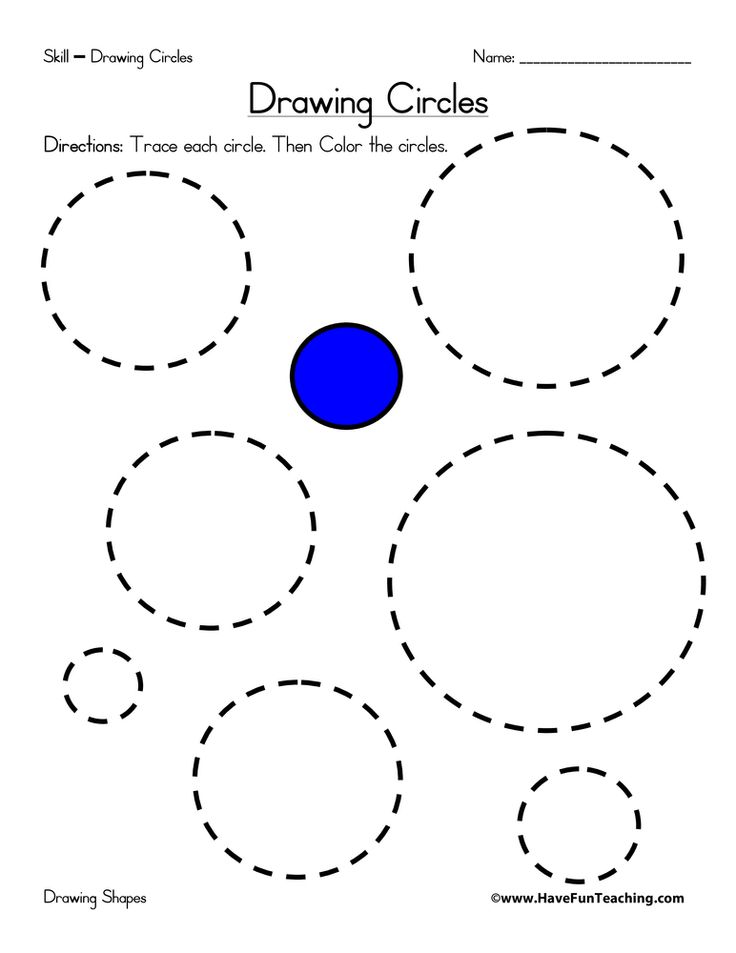 208 ”0
208 ”0 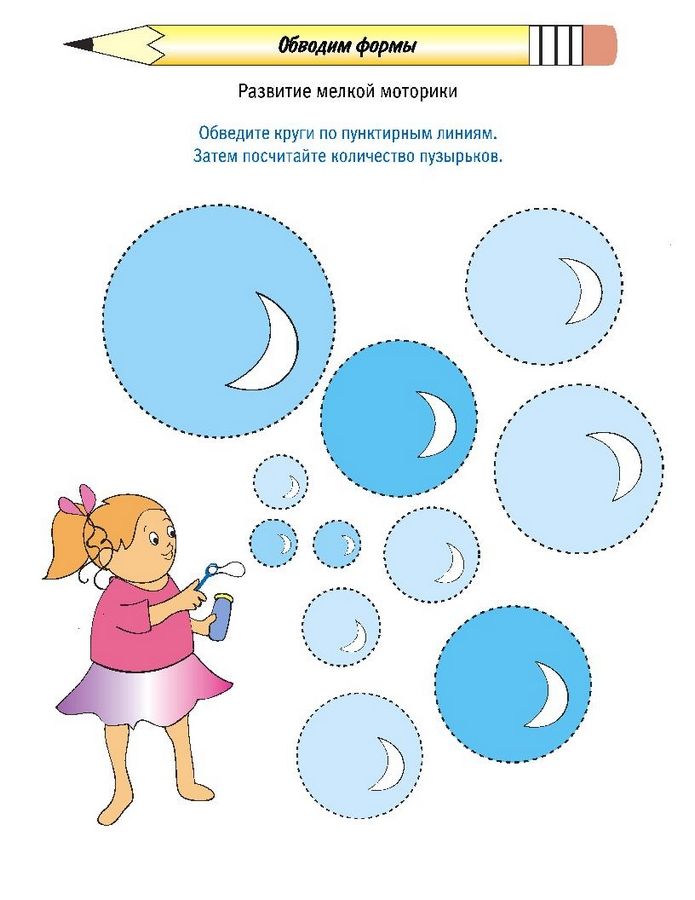
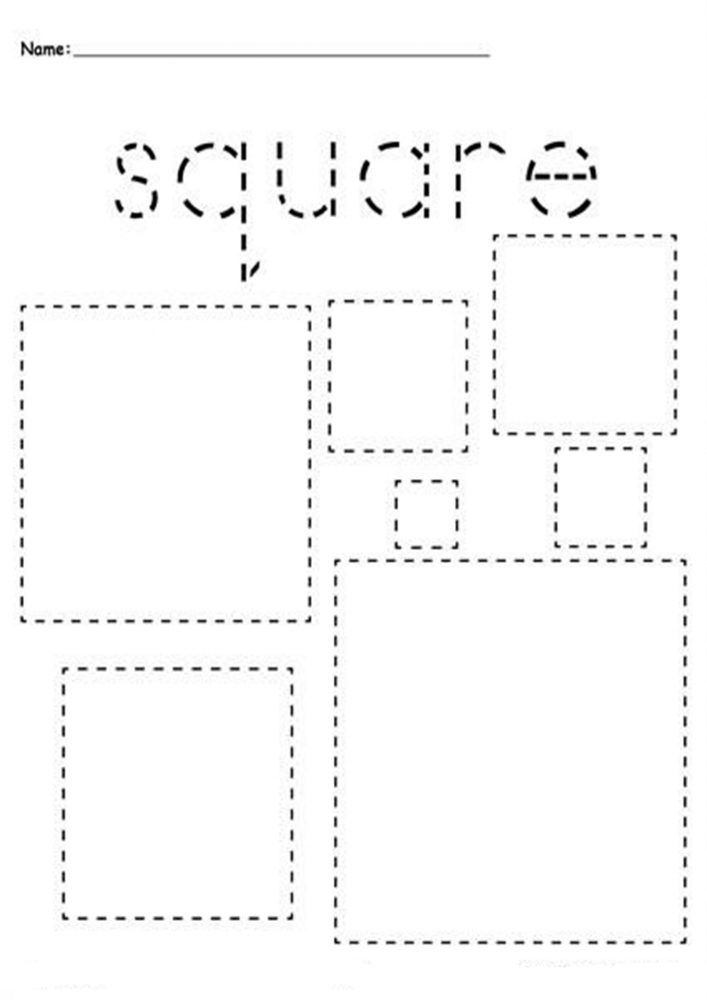
- developing - the educational and educational process implemented in the classroom, allows you to develop the intellectual, creative, physical abilities of each child;
- educational - the content and methodology of work in circles has a significant impact on the development of socially significant personality traits (responsibility for one's own behavior, organization, camaraderie, mutual assistance, goodwill, etc.
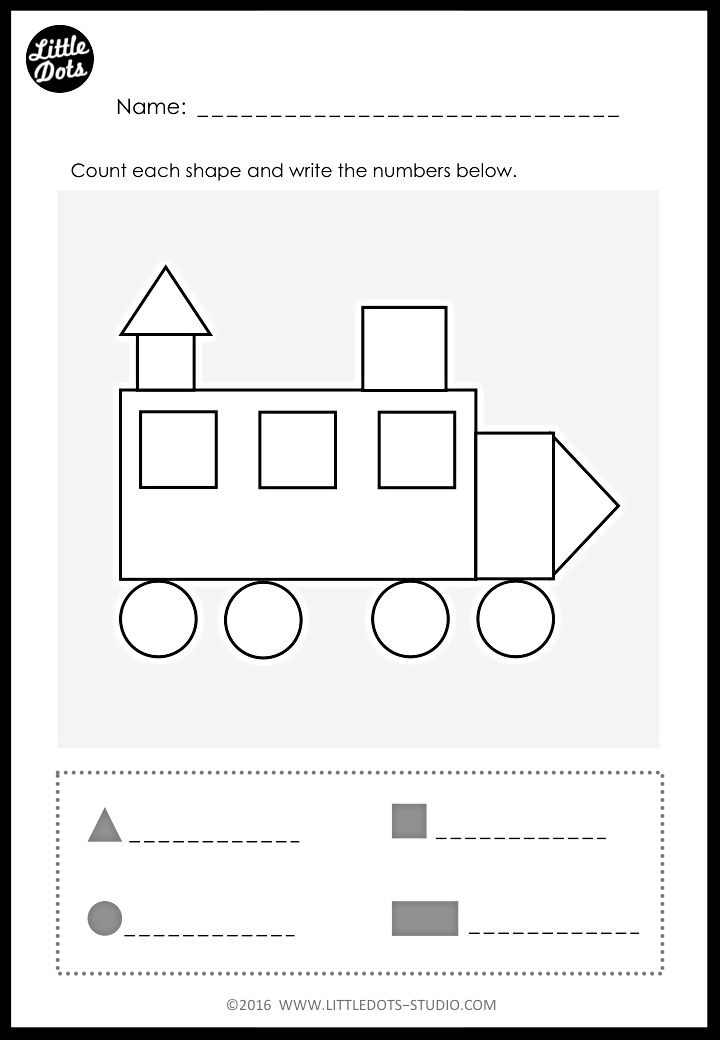 ), the formation of communication skills.
), the formation of communication skills.
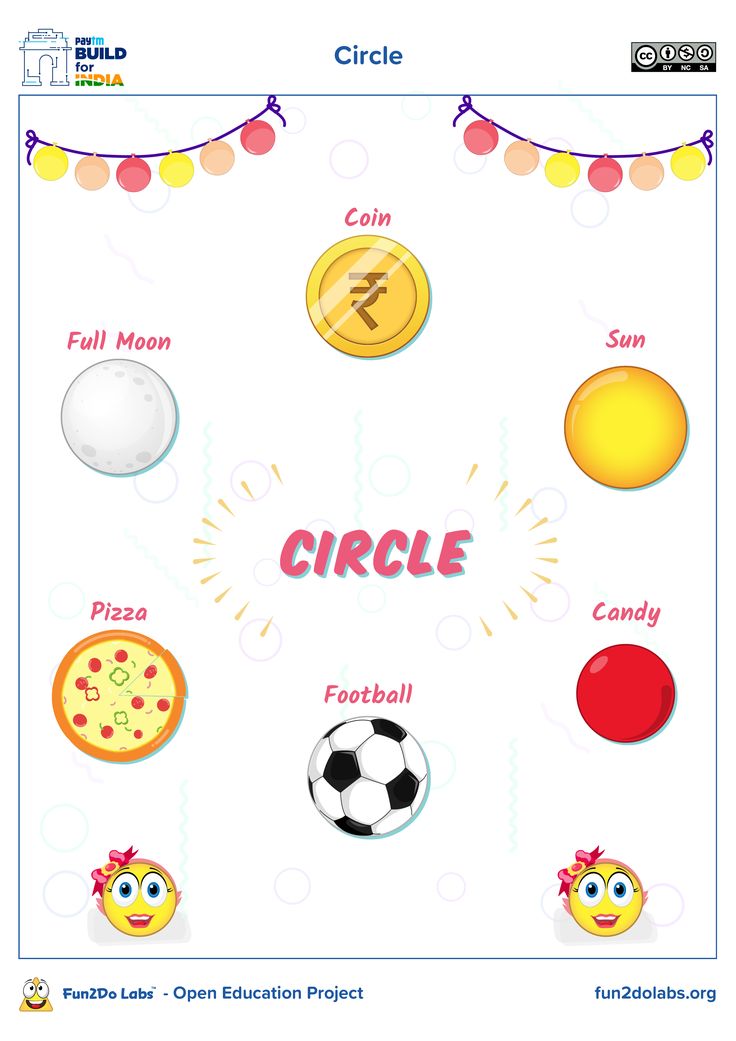
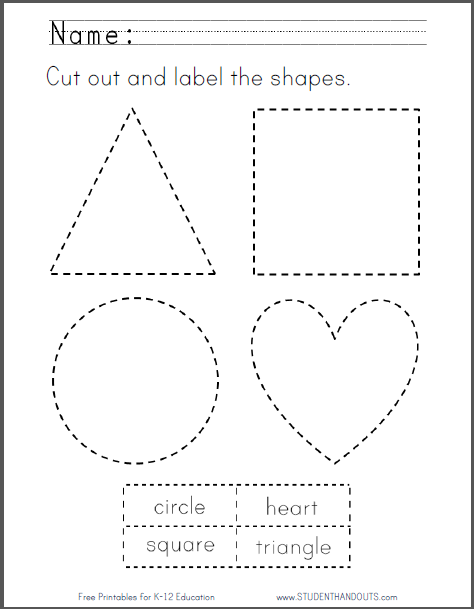
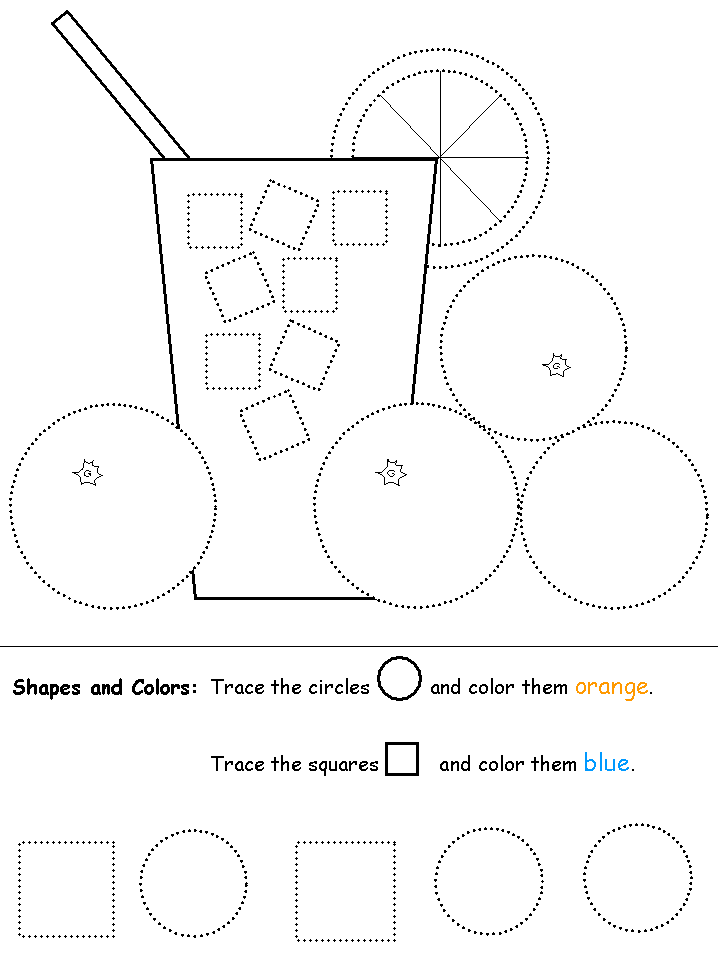 On the basis of this Regulation, in groups of middle and senior preschool age, the program of the circle "Folk Art" was developed.
On the basis of this Regulation, in groups of middle and senior preschool age, the program of the circle "Folk Art" was developed. 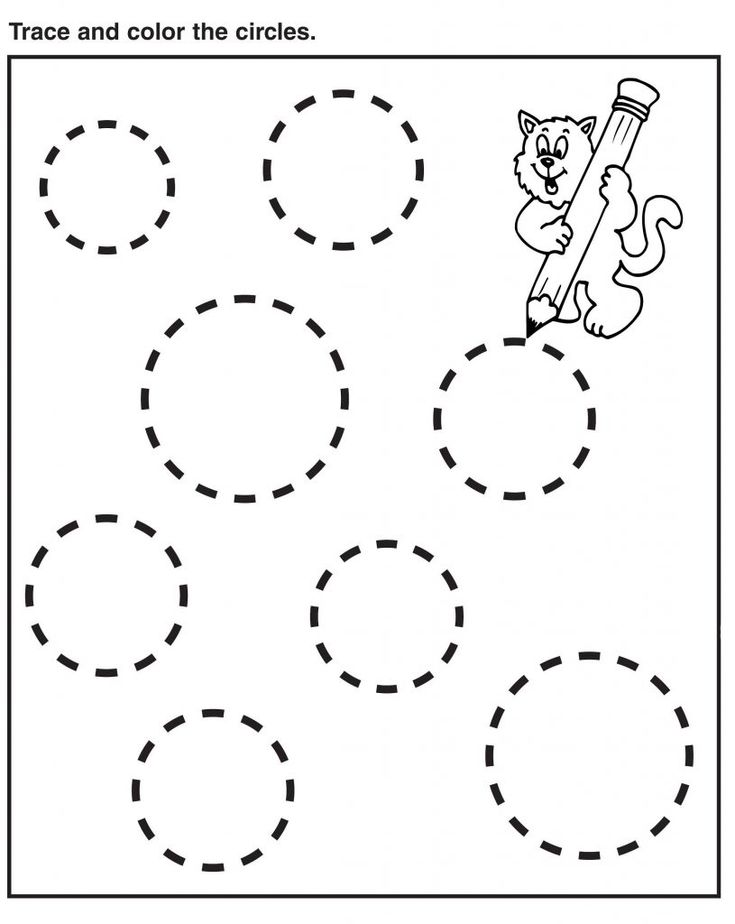 The means of expression are singled out: the elements of the pattern, their color, typical combinations, compositions (the location of the pattern on the object), the relationship between the shape of the object and the pattern with its purpose. Formation in children of the need for beauty.
The means of expression are singled out: the elements of the pattern, their color, typical combinations, compositions (the location of the pattern on the object), the relationship between the shape of the object and the pattern with its purpose. Formation in children of the need for beauty. 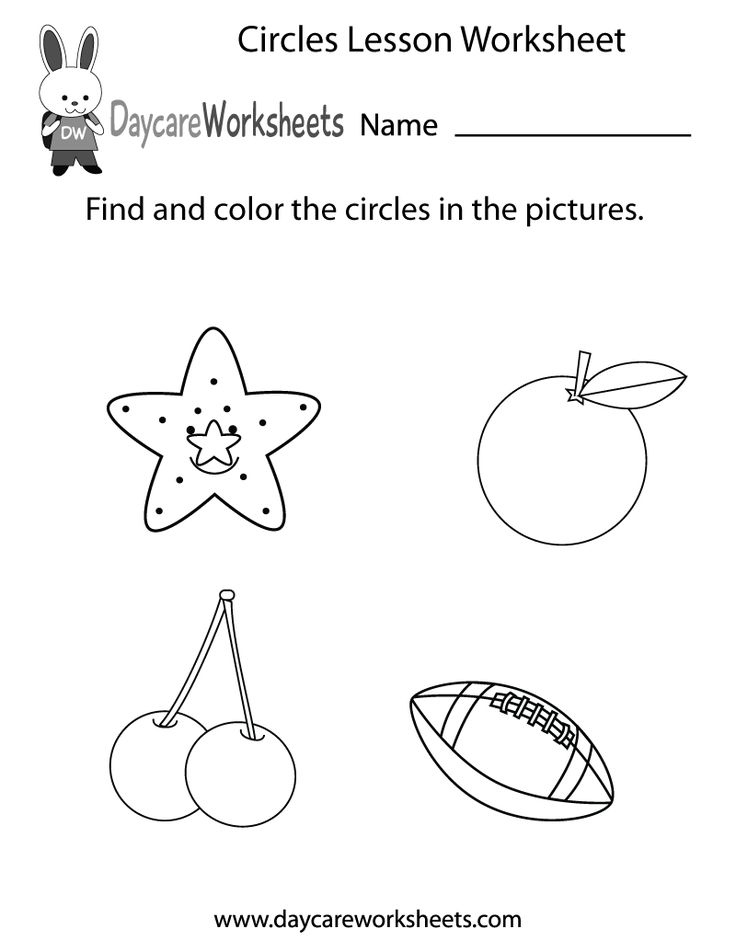
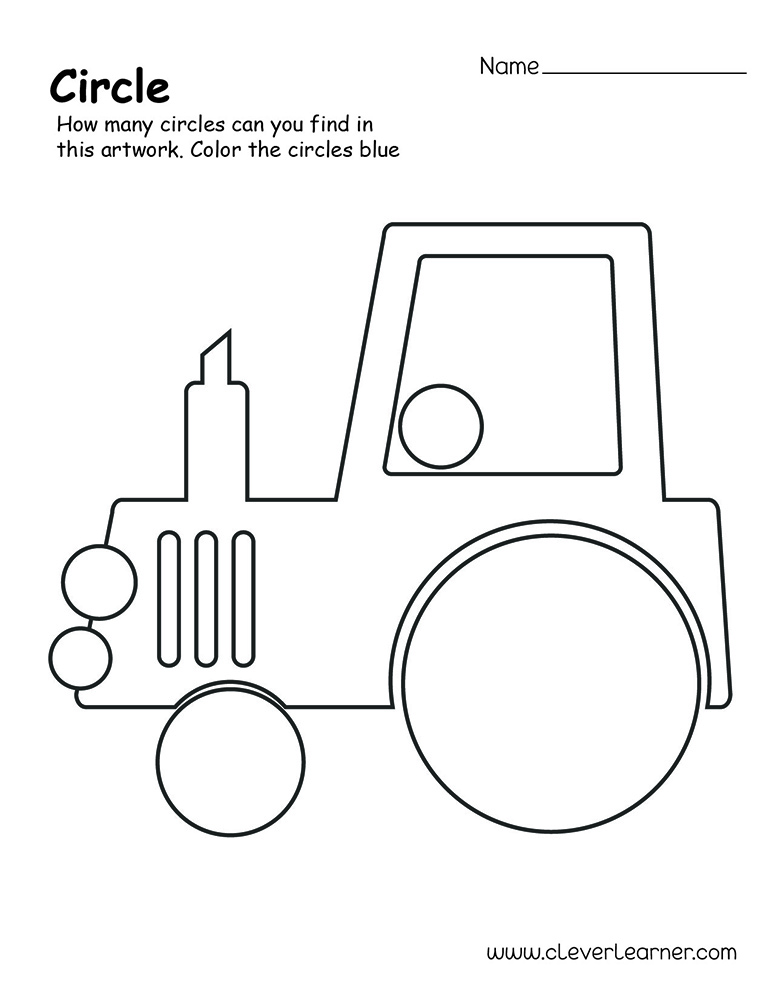
Learn more

